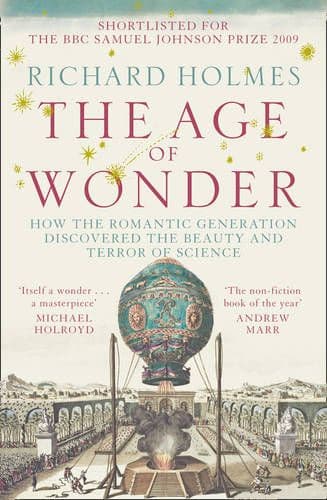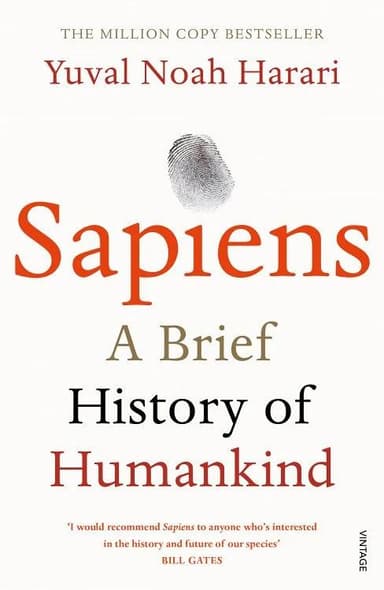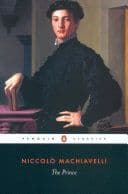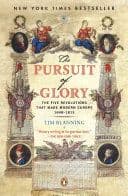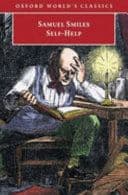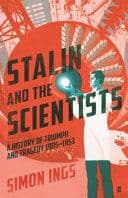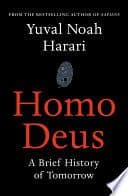
1491:
The Americas Before Columbus
** National Bestseller **
DIFFICULTY
intermediate
PAGES
576
READ TIME
≈ 840 mins
DIFFICULTY
intermediate
PAGES
576
READ TIME
≈ 840 mins
About 1491
Before Columbus, the Americas were dense, engineered, and intellectually vibrant—not a pristine wilderness—as the prevailing misconception would imply.
Drawing on archaeology, ecology, genetics, and ethnohistory, Charles C. Mann shows how Indigenous societies shaped their worlds: Amazonian terra preta built fertile soils; chinampas and raised fields turned wetlands into farms; controlled burns curated biodiverse mosaics. Maize, potatoes, and manioc were domesticated powerhouses that later fuelled global cuisines. Urban centres from Cahokia to the Maya thrived; the Inca laced mountains with roads and bureaucracy.
Crucially, diseases outran Europeans along trade routes, triggering collapse and the later illusion of untouched nature. Updated research on Amazonia and population size heightens the picture of human‑made landscapes.
Puncturing schoolbook myths, 1491 reframes conservation as partnership with longstanding stewards, and restores Indigenous innovation and agency to the centre of the hemisphere’s story—changing how we think about history, policy, and the future.
What You'll Learn
- How populous and complex pre‑Columbian societies were across the Americas
- The evidence behind anthropogenic landscapes such as terra preta, raised fields, and controlled burns
- How domestication (maize, manioc, potatoes) and intensive agriculture supported cities and empires
- The outsized role of Old World diseases in the post‑1492 demographic collapse
- Regional diversity—from Maya and Inca to Mississippian and Amazonian societies—and their innovations
- The “pristine wilderness” myth and Indigenous agency in shaping ecosystems
Key Takeaways
- The Americas were densely populated
- Landscapes were engineered by people
- Old World diseases drove collapse
- Indigenous innovations were transformative
- New science reshapes the narrative
More in history
